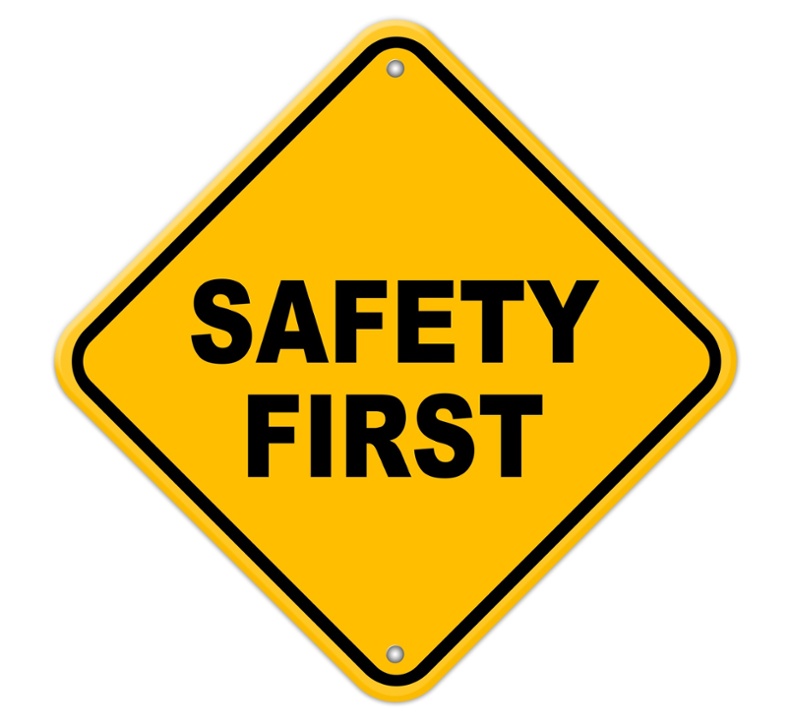3 Resources for Physicians That Will Help with Patient Safety

Patient safety entails a freedom from threats or injuries related to illness, as well as professional, organizational, and system-level factors. As the landmark To Err is Human study demonstrated, most threats are caused by faulty processes or systems rather than individual care providers. Accordingly, the current fragmented system should be replaced by a patient-centered one capable of more timely, efficient, and equitable care. Yet, as a recent survey of physicians indicates, limits still exist in communication and attitudes, while patients face a lack of finances and awareness. The main issue is thus creating a better culture of safety with procedures that reveal and prevent errors by prioritizing and rewarding their identification and resolution. Here are three key resources for implementing better structure and accountability for patient safety.
System-Based Analysis & Practice
Since patient safety is fundamentally a systems issue, the first step is system-based practice (SBP). This analytical tool focuses on how to improve patient safety and care quality within a larger health care system.
- In this model, systems entail interdependent elements working together to provide care.
- Clinical micro-systems cover clinicians, staff, processes, behavior, data, and technology.
- Additional sub-elements include organizational purposes, patient experiences, and environments that shape behavior.
SBP can help raise awareness of system-level structures and so improve care-giving and change efforts. Yet, it must empower individuals to report errors, push leaders to support error discovery and reduction, identify leaders to enact change, and provide feedback. In so doing, providers can better collaborate, coordinate care, incorporate risk-benefit analysis, and advocate for optimal care.
Evaluation & Improvement Techniques
Next, it is important to assess how one measures care quality and impacts. Many techniques can help identify inefficiencies, errors, and ineffective care, with each assessing performance within a larger health care system.
- Plan-Do-Study-Act (PDSA) uses cyclical assessments to identify causal relationships and make changes.
- Through Root Cause Analysis (RCA), a multidisciplinary team assesses risks and identifies causes to create an action plan.
- A Lean Production System builds on RCA by identifying and eliminating wasteful practices and maximizing valuable ones.
- The Six Sigma method analyzes how solutions affect waste, satisfaction, and financial stability. The goal is to define, measure, analyze, improve, and control processes.
- Health Failure Modes & Effects Analysis predicts and evaluates errors based on a process map and hazard analysis to help identify risks, probabilities, and preventive steps.
Tools for Better Communication
As the Joint Commission shows, around 65% of errors result from communication breakdowns. For patients, unclear communication creates confusion, delays diagnosis, and increases costs and risk. Family and friends face anxiety, with all involved losing trust in caregivers. Key steps toward better communication are as follows.
- Start by agreeing upon expectations and responsibilities.
- Use teamwork to engage all members in a flattened hierarchy.
- Ensure safe and respectful environments where all can speak.
- Use a situational briefing model (SBAR) to enable concise and accurate communication.
- Prohibit confusing abbreviations, and provide read-backs of verbal orders or critical results.
- Institute rescue communications including a chain of command, rapid response teams, and stop-the-line orders for intervening if patient safety is at risk.
Fundamentally, the lines of communication need to be open, and each health care professional should inspect, stop, and fix to ensure patient safety.
Ensuring safety works best when multiple approaches are used to implement solutions across multiple areas. Furthermore, such efforts are most successful when they develop a clear understanding of problems, involve key stakeholders, test plans of action, and foster a continuing culture of safety by monitoring performance over time. At base, safety is thus not simply a matter of avoiding risk but of cultivating a system attuned to patient care.
—
Elliot Health System is passionate about patient safety and hiring physicians who value it. Join us!
![]()
Comments are closed.



Recent Comments